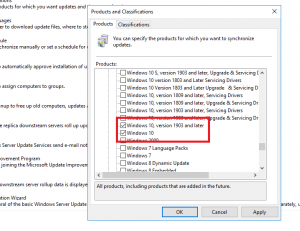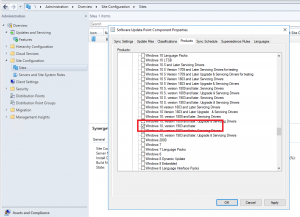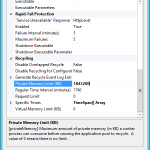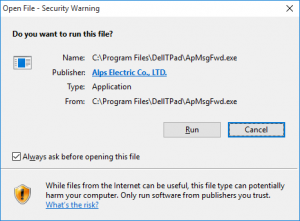We are currently in the process of trailing Forefront Endpoint Security along with our SCCM Deployment. So after a few weeks of tweaking we have got our systems center deployment to a level where we are happy with it, it was time to begin installing and testing Forefront.
After beginning our installing and answering a few questions the setup begins to validate some per-requisites. Apart from having reporting services installed and configured on a SQL Server you also need to have the service account for SQL Server to be publishing its existence via a Service Principal Name or SPN. If the account doesn’t have a valid SPN entry then you will receive the following message during the per-requisites check of the Forefront setup.
Setup cannot verify the service principal name (SPN) for this account.
Ensure that there is a single valid SPN entry for this account in the
Active Directory Domain Services.
So how do we go about adding an SPN entry. We will use sqlservice as our user account. We can either do this via ADSIedit or the command prompt. Open up an elevated command prompt and enter the following command:
setspn -a MSSQLSvc/sqlserver.fqdn domain\sqlservice
with MSSQLSvc being the protocol, sqlserver the name of the Server hosting SQL Services along with your fully qualified domain name and finally the account you wish to add the SPN entry for. To check that you have successfully added the spn you can do the following:
setspn -l domain\sqlservice
which will list the account along with SPNs being advertised for that particular account.
The quicker way would be to run ADSIedit, find the account you wish to add the SPN for, right click and go properties and then under the attribute editor. From there navigate down the list until you find servicePrincipalName and click edit. You can then enter the SPN in the same format as above, which is:
MSSQLSvc/sqlserver.fqdn
And there you have it, you can continue to install Forefront without any issues so long as you meet the other requirements of the setup.
Share this post with others:




